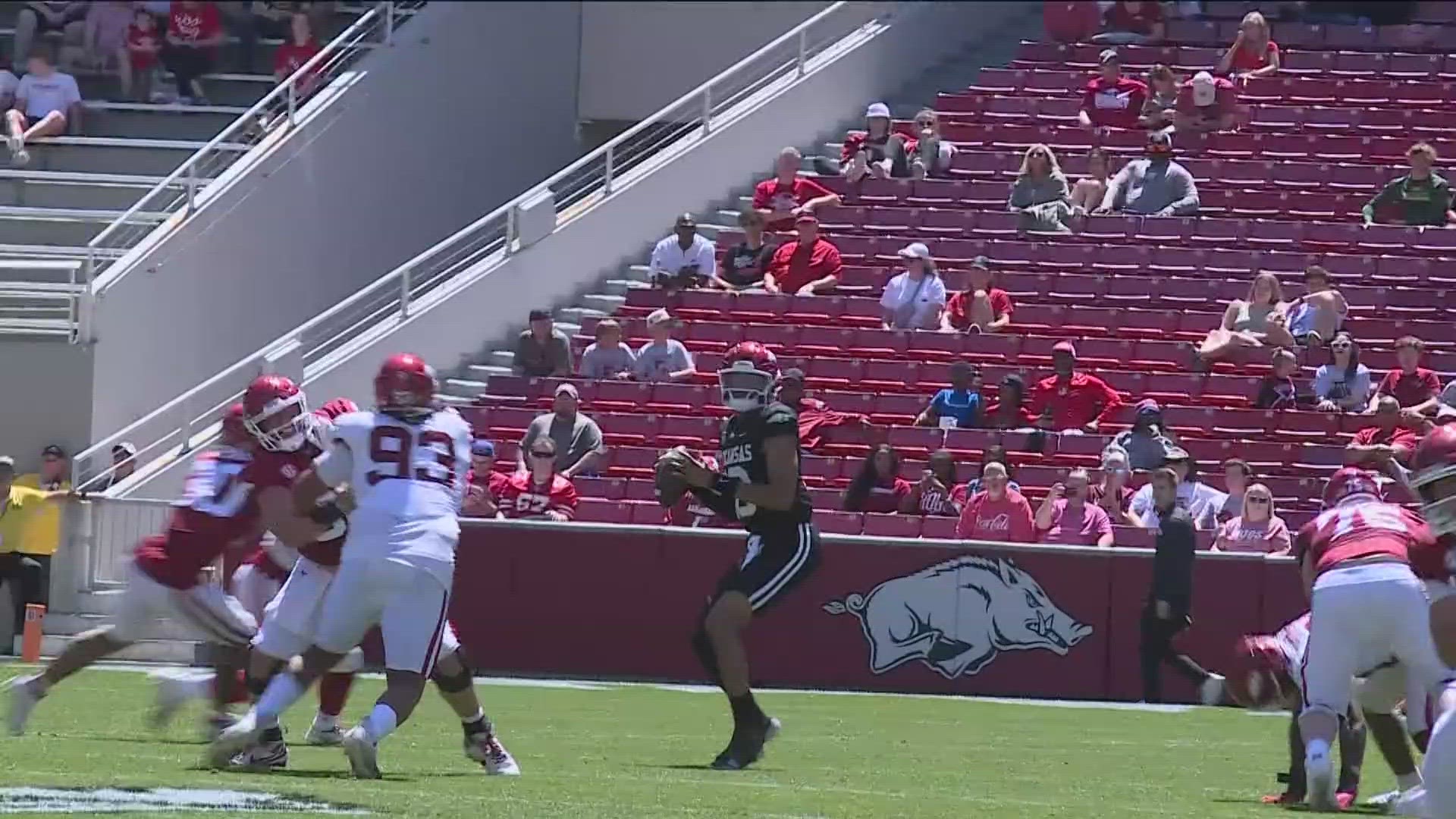(CNN) — The cause of Sunday’s 35-minute power outage during the Super Bowl game remains under investigation, but it will not likely diminish this city’s chances of hosting another of the games, NFL Commissioner Roger Goodell told reporters here Monday.
“I fully expect we will be back here in New Orleans,” he told reporters. “I hope we will be back here; we want to be back here.”
Officials were working to determine the cause. “They’re going through a process they call a root-cause analysis, which I could not explain to you,” Goodell said.
A backup system was ready to reboot just as the electricity returned, “so we did have another alternative,” he said.
Though the investigation has just begun, “There is no indication at all that this was caused by the halftime show, absolutely none,” he said, referring to Beyonce’s power-packed performance. “That is not the case from anything we have at this point.”
Entergy Corp. said it was working with SMG, the company that manages the dome, to determine the cause of the disruption.
“Here’s what we know so far,” it said in a statement. “Shortly after the beginning of the second half of the Super Bowl, a piece of equipment that is designed to monitor electrical load sensed an abnormality in the system. Once the issue was detected, the sensing equipment operated as designed to open a circuit causing power to be partially cut to the Superdome in order to isolate the issue.
“Backup generators kicked in immediately as designed. Entergy and SMG subsequently coordinated start-up procedures, ensuring that full power was safely restored to the Superdome.
“The fault-sensing equipment activated where the Superdome equipment intersects with Entergy’s feed into the facility. There were no additional issues detected.”
Entergy spokesman Philip Allison said only that the investigation is ongoing. “We really don’t have a lot of details to share.”
The company completed some upgrades to the stadium’s electrical equipment on December 21, but that may have had nothing to do with Sunday night’s problem, he said. “Since then, we’ve had three major events — the New Orleans Bowl, the Panthers-Saints game and the Sugar Bowl — “with no issues.”
On Monday, CBS aired video shot from inside a stadium control room as the outage occurred.
“All right, we lost lights,” says a man as the room darkened.
Moments later, a man says, “Frank, we lost the A feed.”
“What does that mean?” he is asked.
“It means that we have to do the bus tie.”
“What does that mean?”
“It means about a 20-minute delay.”
The CEO and director of research for Zpryme, a market intelligence and analysis firm for the utility and smart grid industry, said he did not know what the speaker was referring to.
But one thing appears probable, said Jason Rodriguez: Somewhere along the line, someone made a mistake in their estimate of the amount of energy capacity the building’s electrical infrastructure could handle. “Someone made that decision not to invest, saying, ‘We can handle this.’ Come to find out that their load was just much higher than anticipated.”
He continued, “You can say it’s the electrical infrastructure but, at the end of the day, there’s a human component to it, a decision that had to be made.”
Whatever the cause of Sunday’s outage, it represents “another example of the fact that the country needs to get serious about building the smart grid,” said Andres Carvallo, the former chief technology officer at Austin Energy, where he says he built the nation’s first smart grid.
Had a smart grid been in place in New Orleans when the power failure occurred, redundancies would have kept the lights on, said Carvallo, who is now executive vice president and chief strategy officer of Proximetry Inc., which seeks to make wireless systems more reliable.
“Nobody would have noticed if the power switched from one source to another. Unfortunately, that’s not how most of the grids are designed today, and we experienced that in a very public way.”
The problem is not the utilities, he said, but the regulators who tell the utilities what to do. “Their hands are tired by the rules of the game, which are set up by the regulators,” he said.
“To me, it’s just amazing that we don’t have a cohesive state direction around building the smart grid and what that all means, which is making the right investments,” he said, citing the weeks it took for New York to restore power after Superstorm Sandy swept up the East Coast as an example.
“It’s the same issue,” he said. “It’s just lack of technology.”
™ & © 2013 Cable News Network, Inc., a Time Warner Company. All rights reserved.



